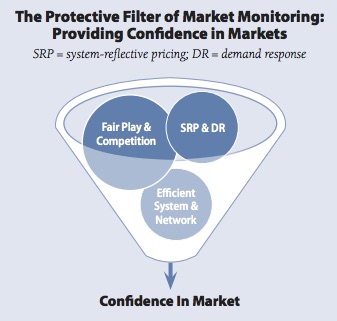
Blog
Incisive commentary from RAP experts
RAP experts keep their finger on the pulse of the energy sector and provide timely analysis of topics impacting stakeholders TODAY.
Filter >>
Content Filter:
May 19, 2022
Surf’s Up: Catching the IIJA Wave
I’m learning how to surf. For my birthday, my kids got together and bought me a surfboard. One day last summer I spent about three hours in the waves off of Popham Beach in Maine trying to figure things… View Summary +

July 8, 2022
The E3-India model: It’s come a long way
- Hector Pollitt ,
- Ranjit Bharvirkar ,
- Frederick Weston
In 2016, the Regulatory Assistance Project approached Cambridge Econometrics about building a new macroeconomic modelling tool for India. The rationale for the model was simple: India needed to reduce its greenhouse gas emissions, but much of the policy to… View Summary +
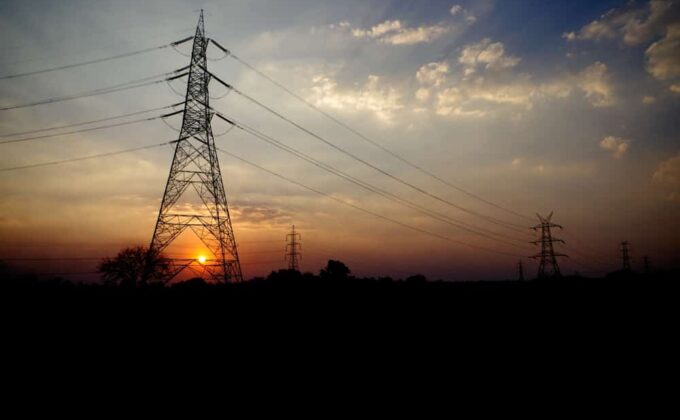
July 8, 2022
Making sense of India’s fast-changing policy landscape: Integrated modelling to inform decision-making
- Kakali Mukhopadhyay ,
- Ranjit Bharvirkar ,
- Frederick Weston
With several notable recent economic reforms, India is one of the fastest-growing emerging economies. The country aspires to become a $5 trillion economy by 2024-25 and a $10 trillion one by 2030. There is ample evidence that India’s growth… View Summary +
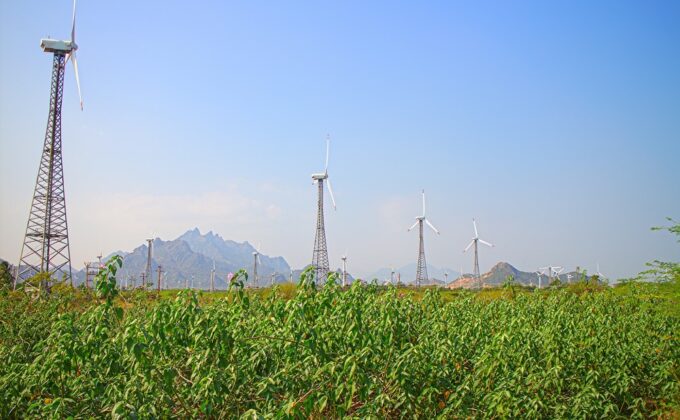
February 15, 2019
India Kick-Starts Wholesale Market Reforms
- Dheer Patel
Over the last couple of decades, Indian policymakers have been implementing a wide range of reforms in the electricity sector with the goal of providing reliable, affordable, and clean power to all citizens. During the last few months, the… View Summary +
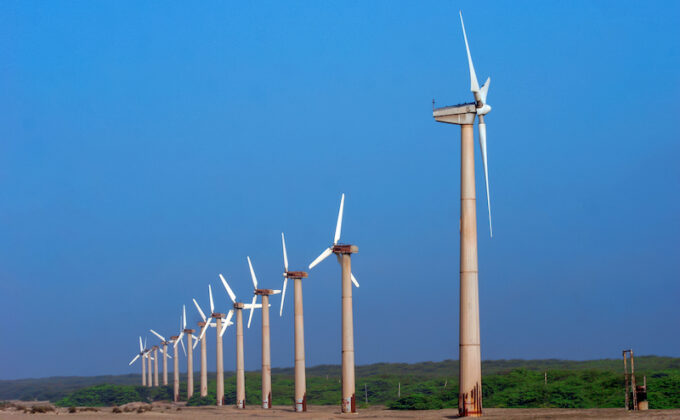
June 6, 2019
New Approaches Needed to Value India’s Energy Resources
- Rasika Athawale
Central and state renewable energy procurement agencies in India cancelled approximately 7,000 MW of tenders for solar and wind capacity addition in 2018. They reason that delaying procurement will lead to savings in purchase costs, since the levelised… View Summary +
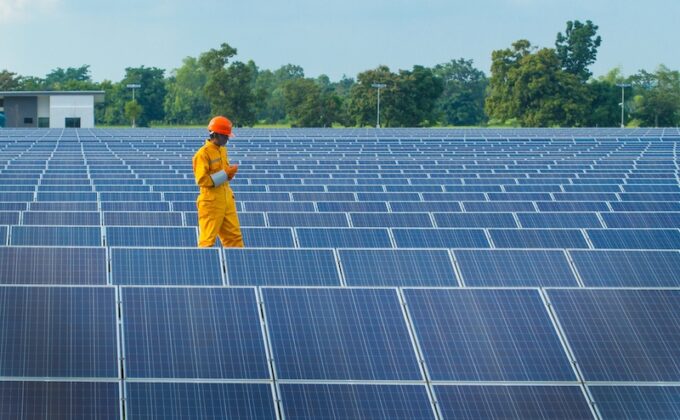
November 10, 2020
Why India should keep coal out of its infrastructure story
- Rasika Athawale
As India looks to “build back better” from the Covid crisis, the country would benefit economically, environmentally and socially by investing in clean technologies. In late 2019, the Indian government announced a $1.4trn National Infrastructure Pipeline (NIP) to jump-start… View Summary +
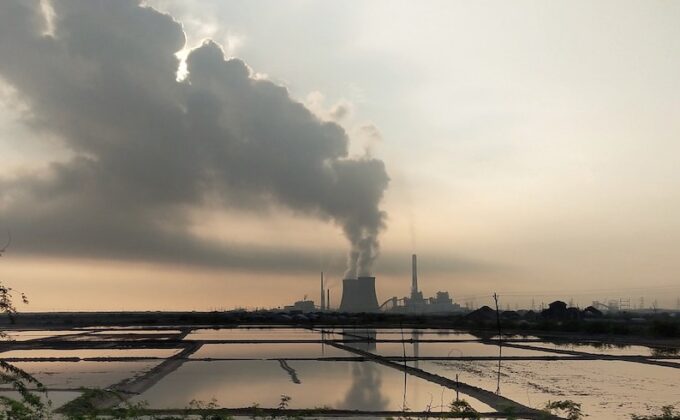
May 4, 2021
India’s electric grid reliability and its importance in the clean energy transition
- Rasika Athawale
Not too long ago, electricity consumers across states in India used to suffer long and frequent power outages. Daily or weekly load shedding – pre-defined intervals for planned power supply cut-off – was so prevalent that people used to plan… View Summary +
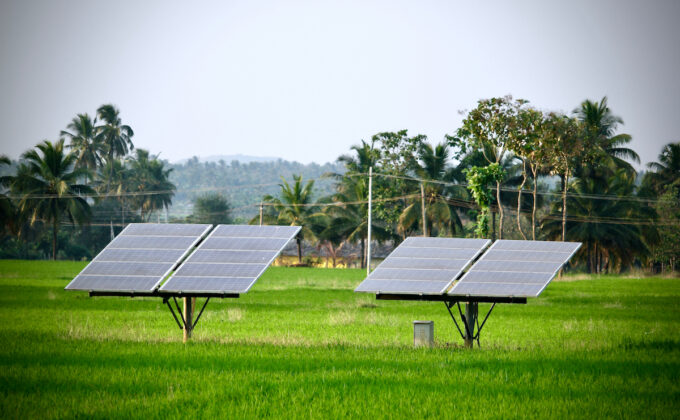
June 18, 2015
Brussels, Don’t Leave Customer Participation in the Electricity Market to the Incumbents!
- Philip Baker
Allowing customers to participate directly in electricity markets is crucial both to making those markets more efficient and to reducing the costs of integrating renewable energies. The Commission’s Energy Union Market Design Initiative currently under development represents a unique opportunity… View Summary +
July 20, 2016
We Need a Lorry-Load of Energy Savings; in the new ECO, the Government Delivers a Hatchback
- Jan Rosenow ,
- Richard Cowart
The United Kingdom was once a world leader in energy savings. We proved that investing in buildings, insulating lofts, and switching to efficient boilers, motors, and lighting created jobs, saved money, and lowered the environmental costs of energy systems. But… View Summary +
July 27, 2016
The Case for Market Monitoring—A Key to Successful Electricity Markets
- Sarah Keay-Bright
The European Commission wants households and business consumers “to be at the heart of” the EU’s upcoming European energy market reforms. This priority, which the European Council and European Parliament seem to support, makes sense as the potential gains for… View Summary +
